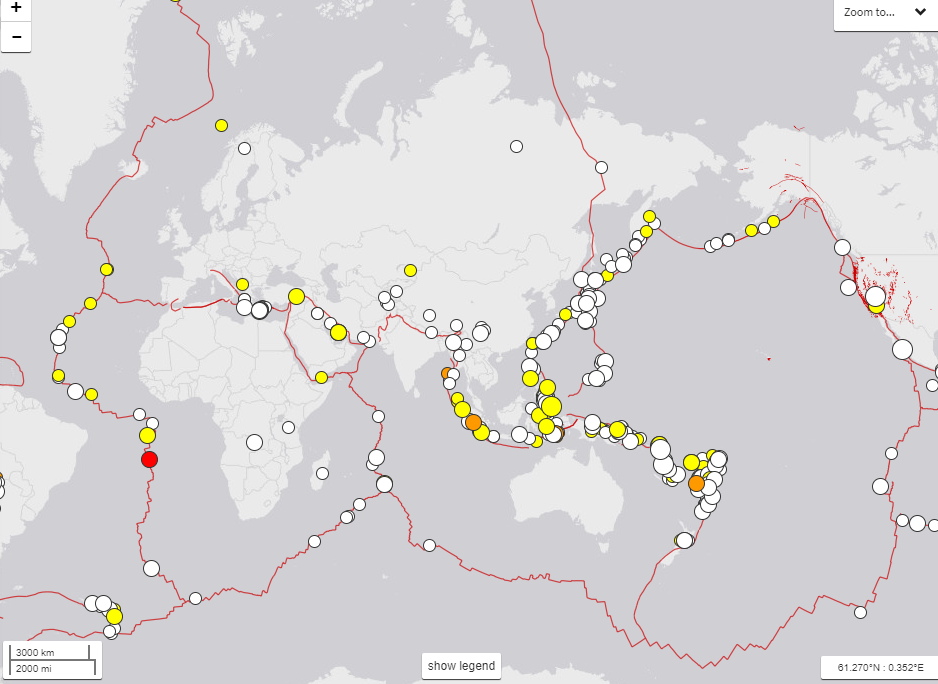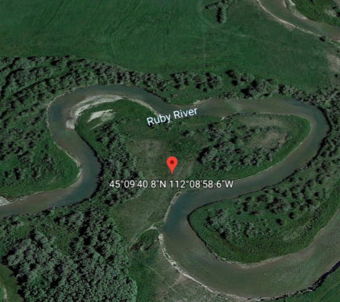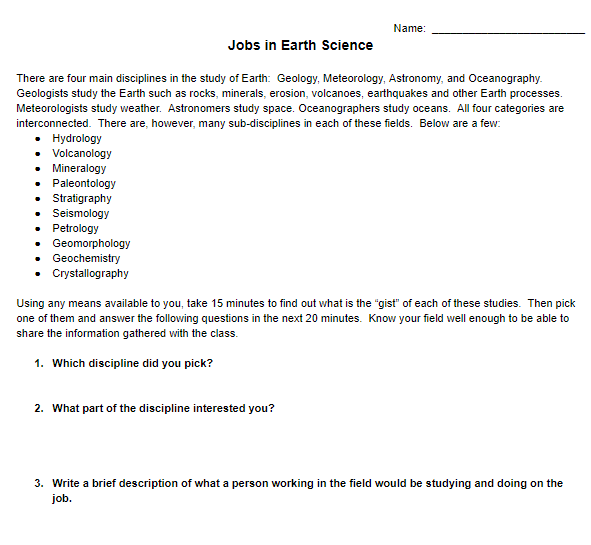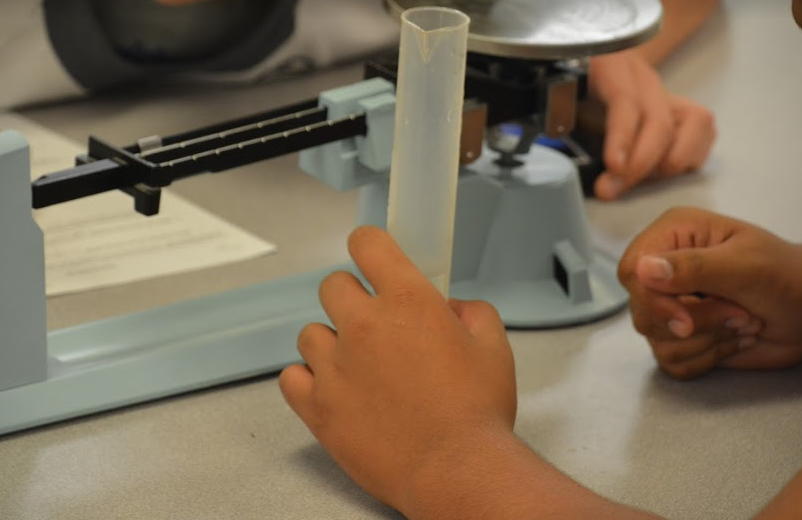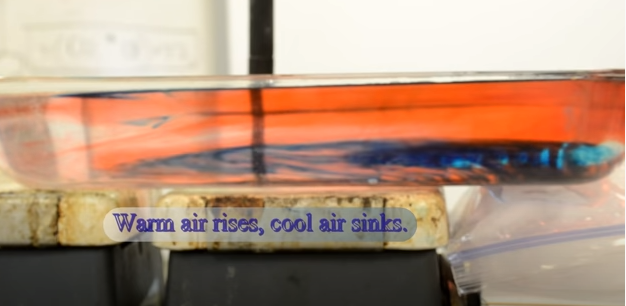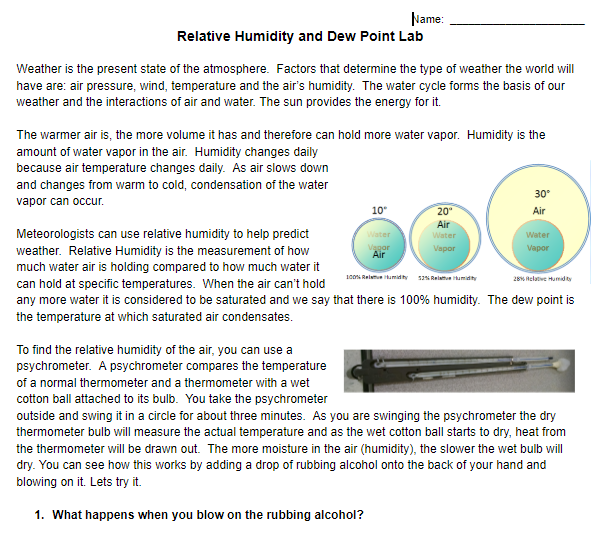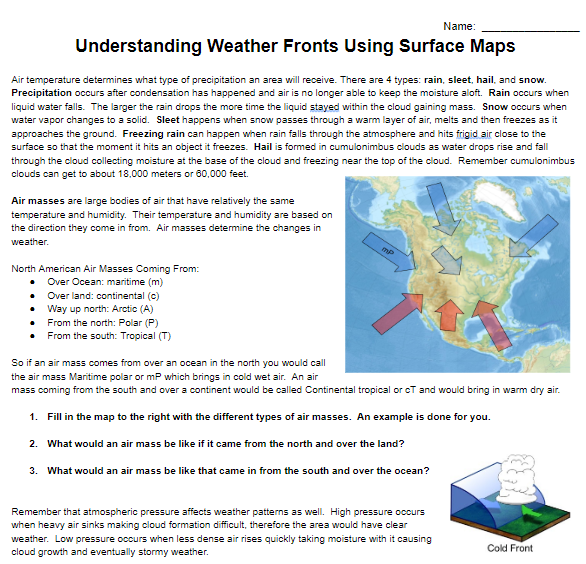Understanding Earthquakes through Analyzing and Plotting Data
Image
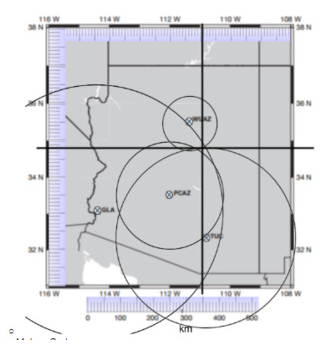
In this Earth Science activity, students will gain a deeper understanding of the following Vocabulary: seismologist, seismograph, seismogram, epicenter, P-Wave, S-Wave, Wave Amplitude, Magnitude, and Richter/Moment Scale.
Students will create a digital spreadsheet that will help them calculate data they gathered by looking at actual seismograms. Technology is incorporated throughout the lesson.


